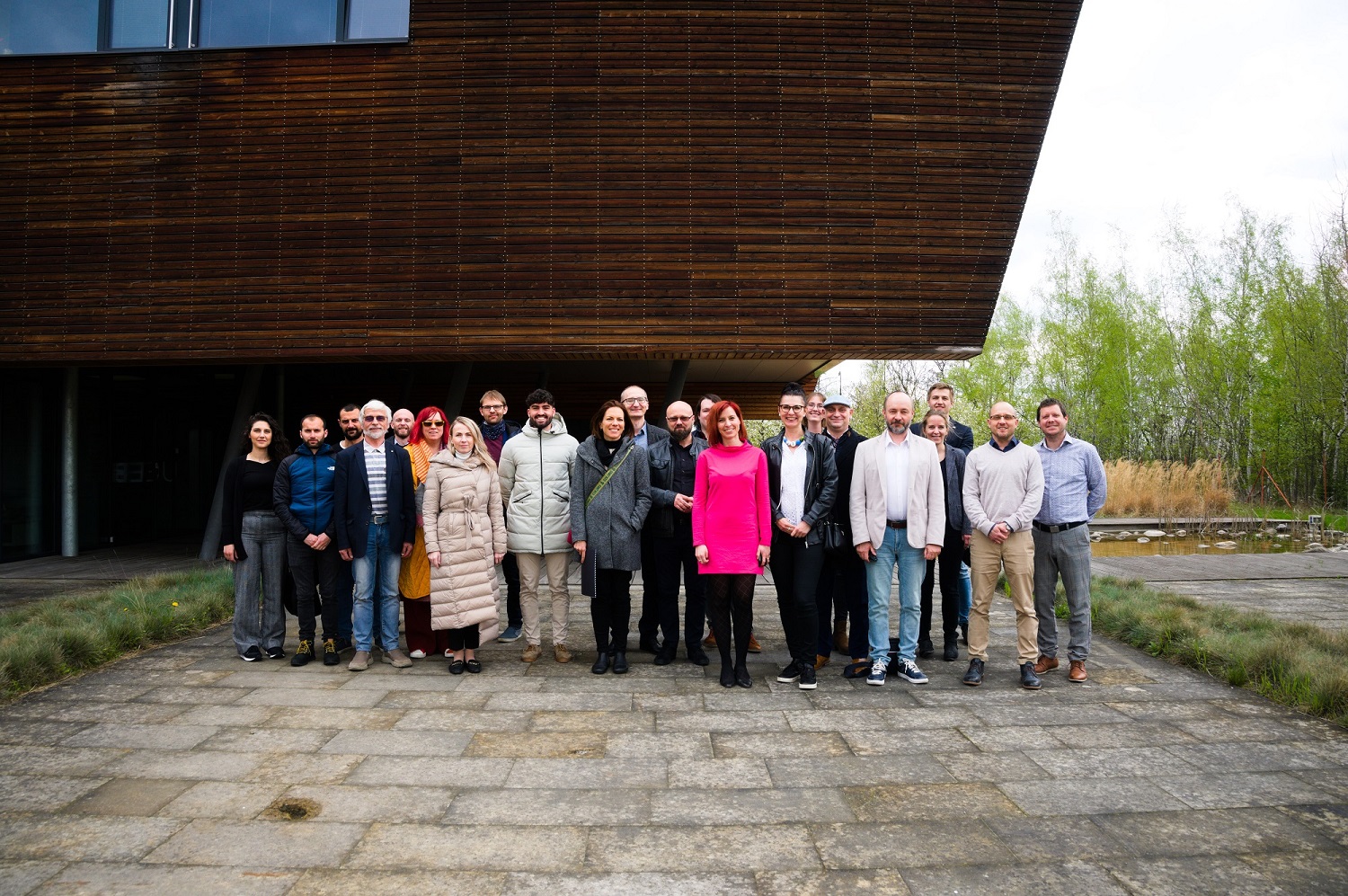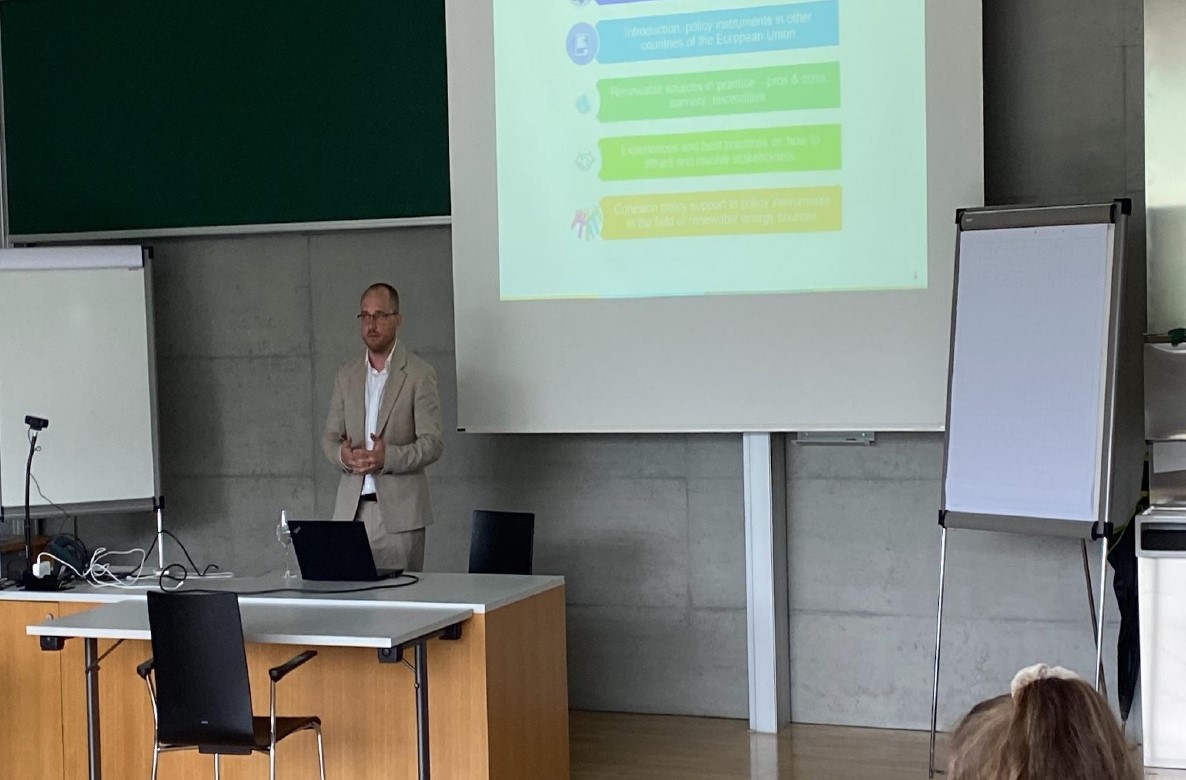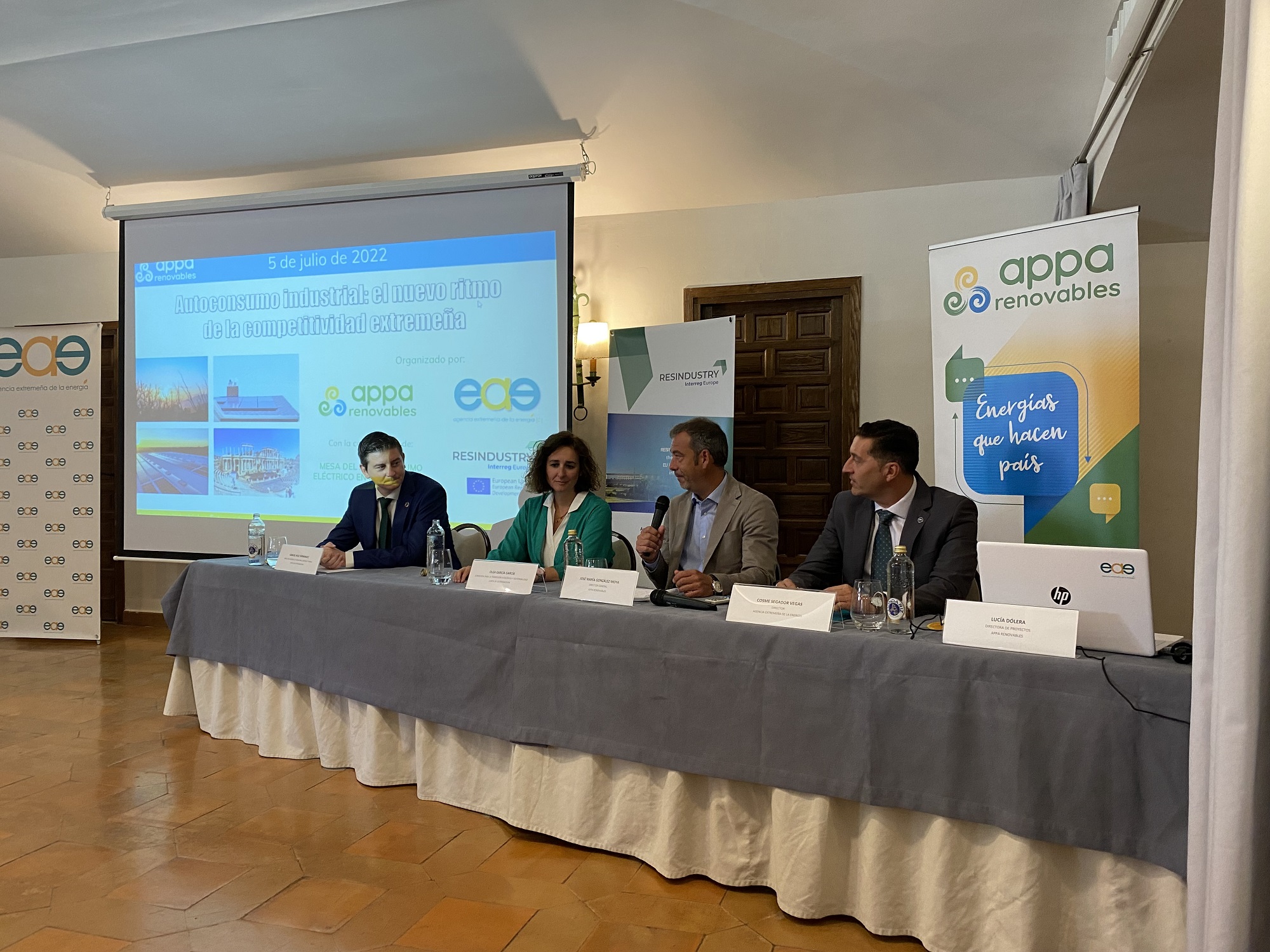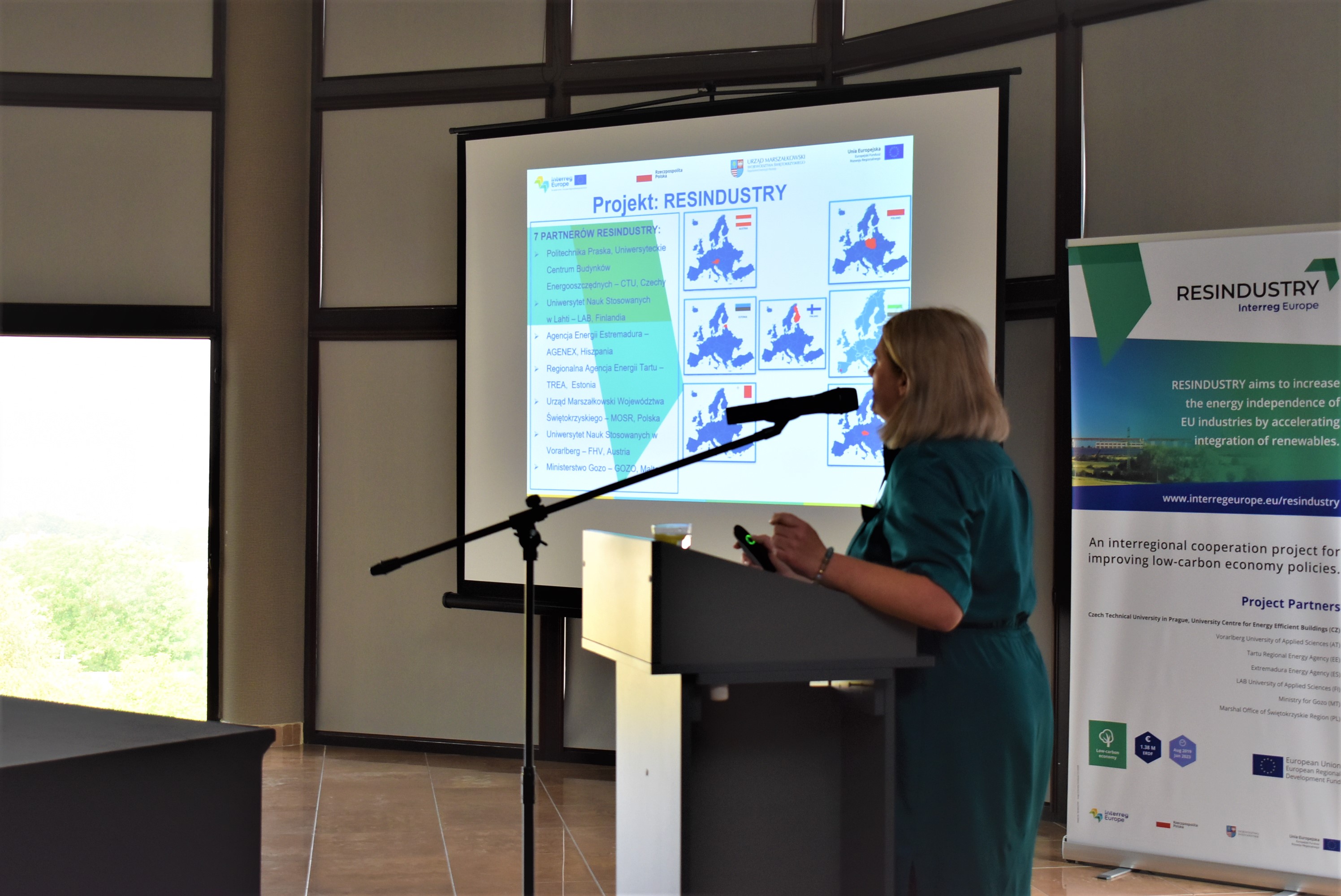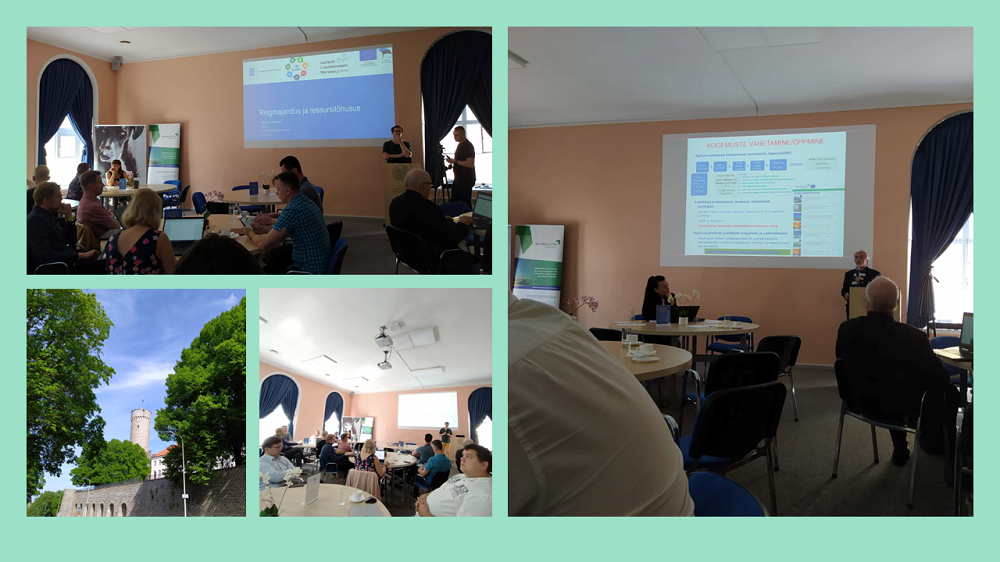A Green Power Unit in Połaniec Power Plant owned by the ENEA Group, Poland, is an energy block fired exclusively with biomass. The Świętokrzyskie Voivodeship's biomass capabilities are increasing.
In Poland, biomass for energy purposes currently comes mainly from forest residues, the forest industry and agriculture and to a small extent from municipal waste. Because of the Polish climate, the raw material base for biomass produced for energy purposes consists of 3 groups of plants:
- Fast-growing tree and shrub plantations as an alternative to biomass from the forest: willow, poplar, false acacia, multiflora rose,
- Suitable grass types, e.g. miscanthus giganteus
- Appropriate types of perennials.
Products from forest areas used as biomass are primarily round or small-size firewood and logging residues. Therefore, the need to increase forest cover is included in the National Forest Policy as one of its main goals, so this implementation should lead to "increasing the country's forest cover to 30% in 2020 and 33% after 2050 (MOŚZNiL 1997)”. Currently, forests in Poland occupy 29.2%, which is less than the Czech Republic -34%-, or Lithuania -36%-. Thanks to the implementation of the National program for increasing forest cover, afforestation reached 5,000 ha on private land and 100 ha on land owned by the Treasury in the Świętokrzyskie in 2001– 2010 (Forest biomass for energy, Scientific editors: Piotr Gołos and Adam Kaliszewski, FOREST RESEARCH INSTITUTE).
The appropriate energy crops are another kind of "fuel" used to produce biomass. In the Świętokrzyskie Voivodeship, utilised agricultural area (UR) potentially useful for the cultivation of perennial energy crops covers 21,900 ha, which is a moderate biomass potential compared to other voivodeships. The possibilities of bioenergy production in the Świętokrzyskie are:
- from liquid biofuels 730 TJ which means a 2.9% share in the overall biomass potential
- from biogas 9,304 TJ, which means 36.6%
- from solid forest and waste biomass 9,349 TJ, which means 36.7%
- from energy crops 6,057 TJ, which means 23.8%
In total, the biomass potential in the Świętokrzyskie reaches 25,440 TJ, which means 20 TJ for every 1,000 inhabitants (Biomass production possibilities for energy purposes In the Pomeranian Voivodeship, Izabela Wielewska and others, Association of Agricultural and Agribusiness Economists, Scientific Yearbooks, volume XVII, issue 5).
Taking into account this potential, the Green Block built in Połaniec is the largest boiler of this type in the world. A modern fluidised bed boiler replaced the existing block number 8 at work, and the steam produced in it supplies the existing modernised turbine. The Green Block is a solution that has met modern requirements for the emission of harmful gases, which does not require flue gas desulphurisation.
The block is 100% fired with biomass and the unit's power is 205 MW. The value of the investment is nearly PLN 1 billion.
The boiler installed in Połaniec is fired with biomass fuel, which is wood chips (80%) and agricultural waste such as stones, straw or sunflower husk (20%). The ecological heating fuel for this innovative hot boiler is supplied to Połaniec by about 60 local producers holding appropriate environmental certificates. About 10% of the biomass was imported from Slovakia and the Ukraine, this was sunflower husk. The block operates on the basis of the most innovative technologies for this type of fuel and consists of a fluidised bed boiler with a circulating bed, an electrostatic sprinkler and a desulphurisation installation.
The energy produced by the Green Power Unit is sufficient to power 600,000 households annually. It produces 25% of green energy in the country. Thanks to the solutions used to reduce CO2 emissions, 1.2 million tons of harmful substances are emitted annually less than if the production was carried out in a conventional manner. This amount corresponds to the amount of carbon dioxide absorbed by over 33,000 hectares of pine forest during a year.
Only in 2019, the Green Power Unit in Połaniec produced over 350 GWh (the volume of electricity production based on renewable energy increased by 39.2 percent), and the ENEA Group improved its financial results in the first quarter of 2019. From January to March, it generated more than PLN 1 billion (34.2 percent) more income than in the same period last year. Importantly, there was also a significant increase in the production of energy from renewables. The highest EBITDA (PLN 399.8 million) was achieved in production (increase by 75.9%).
This result was positively influenced by the level of market prices of electricity and green certificates, as well as the well-planned work of every unit of the Group, including the Green Power Unit in Połaniec Power Plant.


